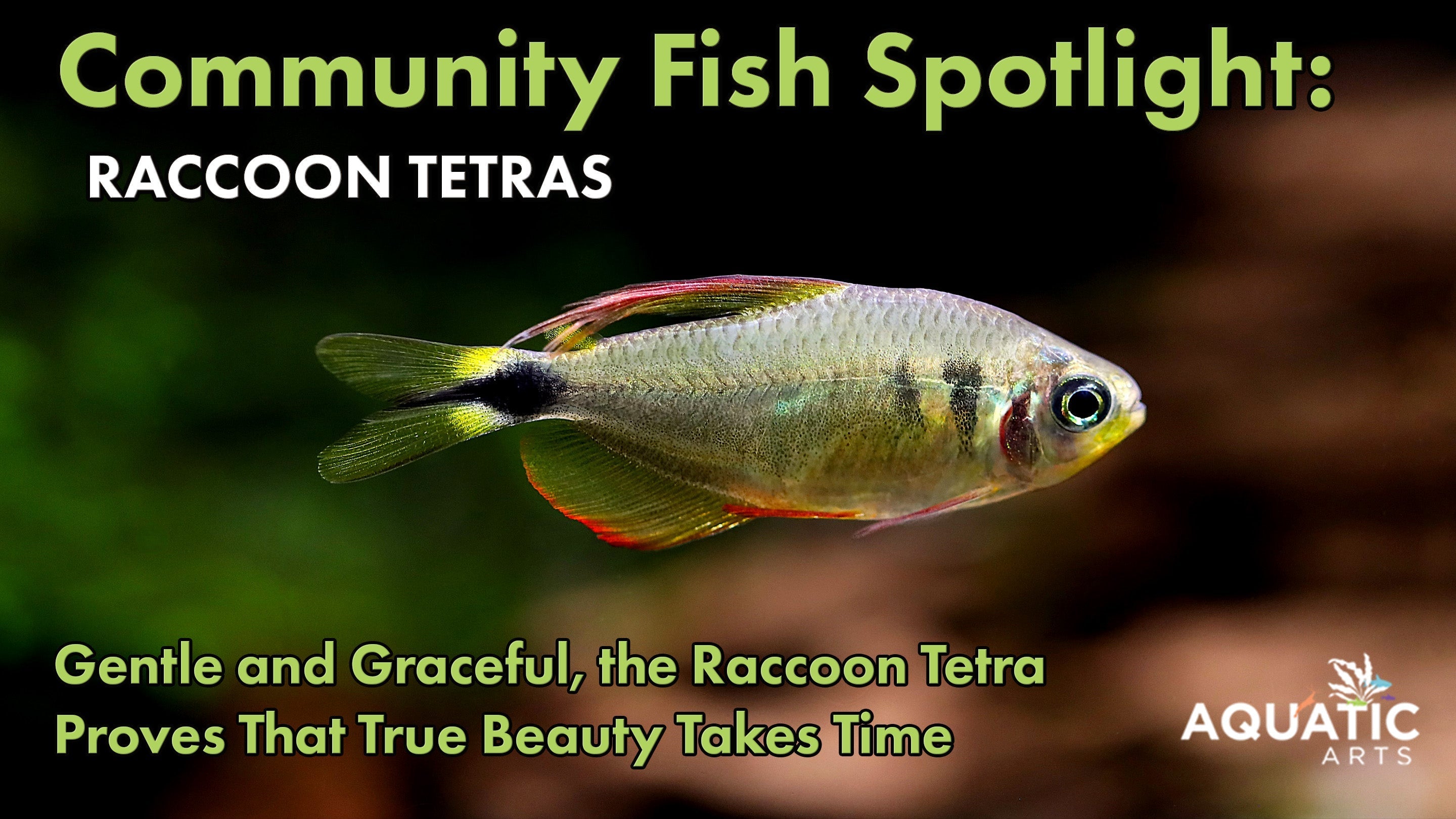Snail Wars: Harnessing Assassin Snails to Conquer Aquarium Pests

Tackling Pest Snails in Your Aquarium with Assassin Snails
Dealing with pest snails in your aquarium can be a real headache for fish keepers. These uninvited guests often seem to multiply overnight, taking over the tank and causing concern for the well-being of other tank inhabitants and the overall ecosystem. Thankfully, there's a natural and effective solution that doesn't involve harsh chemicals or invasive methods—introducing assassin snails.
3

Shell Shape Matters: The shape of an assassin snail's shell is distinct. Its conical, spiral shell allows it to maneuver efficiently, enabling them to navigate through various substrates and tight spaces in search of prey.
3
Assassin snails (Clea helena) are named for their remarkable ability to hunt and feed on other snails. They're a popular choice among aquarists seeking a natural way to control pest snail populations without disrupting the delicate balance of their aquarium. However, the question often arises: How many assassin snails are needed to tackle a pest snail problem effectively?
The answer depends on several factors, including the size of your aquarium, the severity of the pest snail infestation, and the species of pest snails you're dealing with. Generally, it's recommended to start with a few assassin snails and adjust the population based on the effectiveness of their predatory behavior.
1
Determining the Quantity of Assassin Snails
Assessing the Infestation for Effective Intervention: It's crucial to thoroughly assess the pest snail population in your tank before taking action. While a small infestation might be managed by introducing a few assassin snails, larger infestations necessitate a more substantial number to address the issue effectively. Understanding the scale of the problem helps in determining the appropriate number of assassin snails required for pest control.
Adapting to Tank Size for Optimal Control: Tailoring the number of assassin snails to the tank size is pivotal. In smaller aquariums ranging from 10-20 gallons, starting with 2-3 assassin snails could initiate an effective control strategy. However, in larger tanks, a higher number, such as 5-8 or more, might be necessary, especially in severe infestation scenarios, ensuring a proportional approach to combat the pest snail population.
Embracing Patience for Effective Pest Control: While assassin snails are adept hunters, achieving a significant reduction in the pest snail population takes time. Allowing them the necessary time to adapt, acclimate, and initiate their hunting behavior is essential. Demonstrating patience ensures the gradual but steady success of the assassin snails in controlling the pest snail population.
Vigilant Monitoring and Strategic Adjustments: Regularly monitoring the pest snail population and the effectiveness of assassin snails is crucial. A decreasing pest snail population indicates the successful action of assassin snails. However, if the reduction is not observed, considering an increase in the number of assassin snails could expedite the control process, maintaining a balanced ecosystem within the tank. Strategic adjustments based on observation ensure an optimized approach to pest control.
3

Ambush Predators: These snails are stealthy hunters, employing an ambush strategy. They use their extendable proboscis to pierce and immobilize their prey before consuming them, making them effective predators.
1
Assassin Snail Population Control
When an overpopulation of assassin snails occurs within your tank, it becomes imperative to restore equilibrium and sustain a thriving ecosystem. This situation could potentially disrupt the delicate balance of the aquarium, impacting other inhabitants adversely.
Assess the Population: Confirm if it's genuinely an overpopulation issue. Sometimes, increased numbers might result from abundant food without necessarily indicating a problem.
3
Reduce Feeding: Assassin snails' reproduction is closely tied to the availability of food. Moderating the amount of food in the tank effectively regulates the growth of assassin snail populations, ensuring a balanced ecosystem without an excessive increase in their numbers.
Manual Removal: Carefully and manually removing excess assassin snails from the tank offers a practical and non-disruptive method to manage their population. This hands-on approach helps regulate snail numbers without causing disturbance in the tank environment, promoting harmony among aquatic life.
Trading or Rehoming: Carefully and manually removing excess assassin snails from the tank offers a practical and non-disruptive method to manage their population. This hands-on approach helps regulate snail numbers without causing disturbance in the tank environment, promoting harmony among aquatic life.
Adjust Tank Conditions: Making slight adjustments to the tank's temperature or water parameters creates less favorable conditions for rapid assassin snail reproduction. This strategic alteration subtly discourages excessive breeding without adversely affecting other tank inhabitants.
Introduce Predators or Competitors with caution: While some fish species may naturally prey on assassin snails, introducing new aquatic species should be approached cautiously. Considering potential disruptions to the tank's ecosystem, ensuring compatibility among tank inhabitants is crucial.
Seek Professional Advice: Seeking advice from experienced aquarists or professional services offers tailored solutions to manage issues related to overpopulation of assassin snails. Their expertise provides specific strategies to maintain a healthy aquarium environment while addressing population imbalances.
1

Shell Shape Matters: The shape of an assassin snail's shell is distinct. Its conical, spiral shell allows it to maneuver efficiently, enabling them to navigate through various substrates and tight spaces in search of prey.
Q&A Section
Q: What do I feed my assassin snails once there is nothing for them to hunt down?
A: Assassin snails are primarily carnivorous and will feed on other snails in your tank. However, if the pest snail population decreases significantly or if there are no more snails for them to hunt, you can supplement their diet with other protein-rich foods. Consider feeding them sinking pellets or tablets formulated for carnivorous fish or invertebrates. These can include high-quality shrimp pellets, sinking carnivore pellets, or even small pieces of seafood like shrimp or fish. Ensure you don't overfeed, as excess food can foul the water quality.
Q: Do I have to have calcium in the tank for the assassin snails?
A: Yes, providing a source of calcium is essential for the health of assassin snails, especially for the development and maintenance of their shells. Their shells are composed of calcium carbonate, so a lack of calcium can lead to shell deterioration or abnormalities. One way to ensure an adequate calcium supply is by incorporating materials rich in calcium into the tank. This can include adding cuttlebone, crushed coral, or specialized calcium supplements designed for aquarium use. These materials slowly release calcium into the water, benefiting not only assassin snails but also other inhabitants with shell-building needs, such as certain shrimp and snail species.
Remember, maintaining a healthy and harmonious aquarium environment involves regular maintenance and observation. Don't hesitate to seek advice from experienced aquarists or professional resources for specific issues related to your aquarium.
In conclusion, the number of assassin snails needed to combat pest snails varies based on individual tank circumstances. Start with a small group, monitor their progress, and adjust their population accordingly. With patience and careful observation, assassin snails can be a natural and effective solution to maintain a balanced and healthy aquarium ecosystem.
Happy snail hunting!





